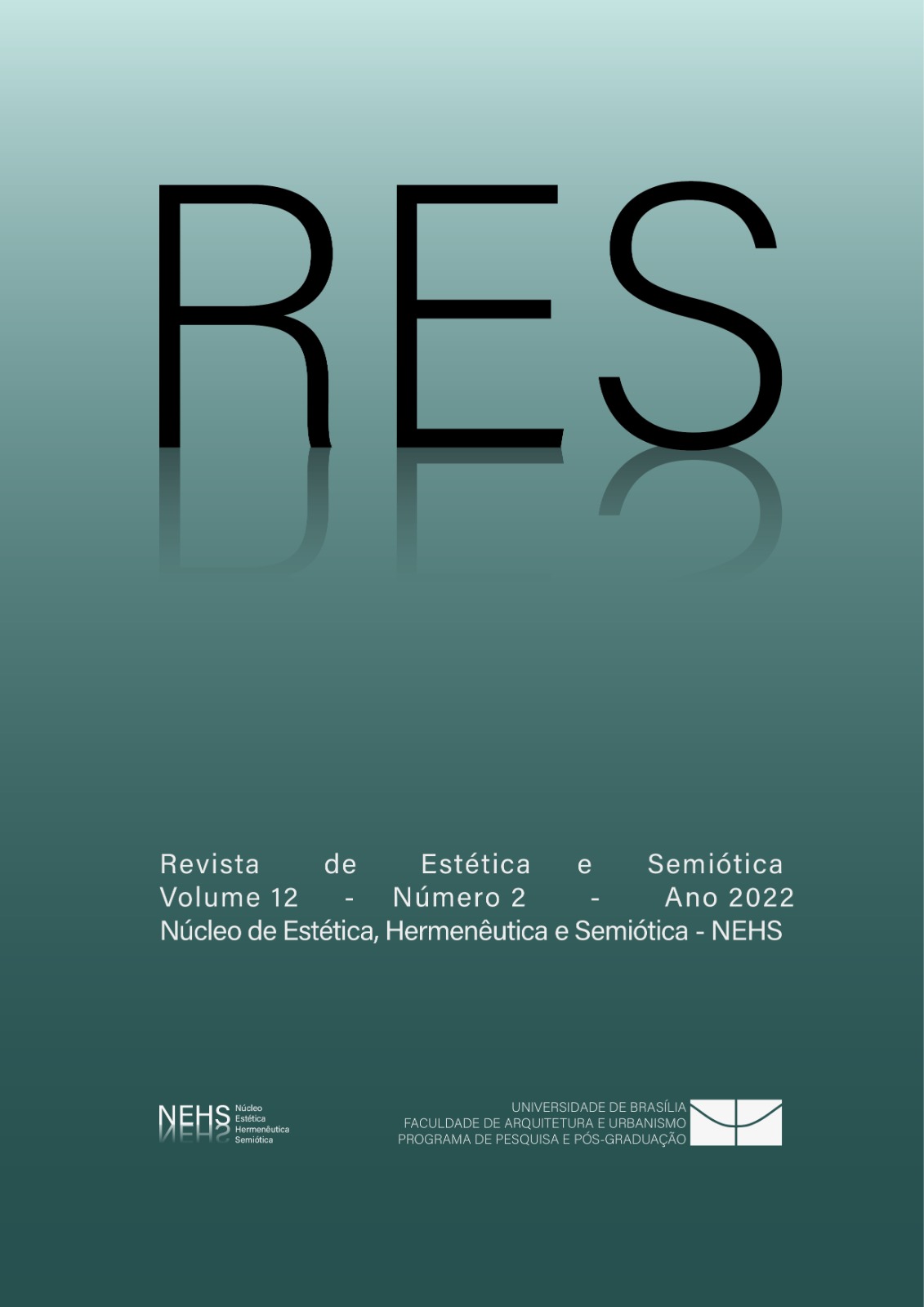Cidade e poder
DOI:
https://doi.org/10.18830/issn2238-362X.v12.n2.2022.06Resumo
A necessidade na reformulação do traçado das cidades italianas durante o Renascimento fez surgir um novo desenho baseado em regras e formulações que prezam pela setorização e geometrização das ruas. Esse traçado corre o risco de se tornar rígido, gerando uma imagem de autoritarismo e subvertendo o conceito elaborado pelos tratadistas italianos de que a cidade deve gerar condições para o desenvolvimento de uma consciência de cidadania.
Downloads
Referências
ALBERTI, L. B. Apologhi ed Eloghi (a cura di Rosario Contarino). Gênova: Costa e Nolan, 1984. (Testi della Cultura Italiana, 7).
______. On the Art of Building in Ten Books. Tradução de Joseph Rykwert, Neil Leach e Robert Tavernor. Londres: The Mit Press, 1988.
______ . Da Arte de Construir. Tratado de Arquitetura e Urbanismo. Tradução de Sérgio Romanelli. São Paulo: Hedra, 2012.
BENEVOLO, L. História da Cidade. São Paulo: Ed. Perspectiva, 1983.
______ . La Città Italiana nel Rinascimento. Milão: Ed. Edizioni il Polifilo, 1990.
BORSI, S. Leon Battista Alberti tra Venezia e Ferrara. Melfi: Editora Libria, 2011.
BURCKHARDT, J. A cultura do Renascimento na Itália: um ensaio. São Paulo: Cia. das Letras, 2009.
CHOAY, Françoise. A Regra e o Modelo: Sobre a Teoria da Arquitetura e do Urbanismo. Tradução de Geraldo
Gerson de Souza. 2. ed. São Paulo: Perspectiva, 2010. Título original: La regle et le modéle, 1980.
RYKWERT, J. Leon Battista Alberti. Milão: Olivetti/Electa, 2015.
______. A Coluna Dançante: Sobre a Ordem na Arquitetura. Tradução de Andrea Loewen. São Paulo: Ed. Perspectiva, 2015.
TATARKIEWICZ, W. Historia de la Estetica: I – La Estetica Antigua. Tradução de Danuta Kurzyca. Madri: Akal, 2000.
______. Storia di sei Idee. Tradução de Olimpia Burba e Krystyna Jaworska. Palermo: Aesthetica Edizioni, 2011.
VITRÚVIO, P. Compendio de Los Diez Libros de Arquitectura. Tradução de Don Joseph Castañeda. Madrid: D. Gabriel Ramirez, 1761.
______. Tratado de Arquitetura. Dez Livros. Tradução do latim por M. Justino Maciel. São Paulo: Martins Fontes, 2007.
______. Tratado de Arquitetura. Dez Livros. Tradução do latim por M. Justino Maciel. 3. ed. Lisboa: IST Press, 2009.
ZEVI, B. Saber ver a Arquitectura. 2. ed. Lisboa: Ed. Arcádia, 1977.
_______. Saper Vedere la Città. Firenze: Ed. Bompiani, 2018.
Downloads
Publicado
Versões
- 15-09-2023 (3)
- 15-09-2023 (2)
- 28-11-2022 (1)
Como Citar
Edição
Seção
Licença

Este trabalho está licenciado sob uma licença Creative Commons Attribution-NonCommercial 4.0 International License.




